Varicose Veins: Causes, Symptoms, Treatment and Prevention
Varicose veins are twisted, enlarged veins. They usually occur on the legs and can be seen through the skin. They may be blue or dark purple, and are often lumpy, bulging or rope-like in appearance.
Overview of Varicose Veins
Free Consultation
Get Varicose Veins treatment cost estimate
Facts on Varicose Veins


Some of the common facts of varicose veins are:
- Age can make the condition of varicose veins worse. But young people who have to sit or stand for long hours without any break can also get varicose veins.
- Varicose veins can develop due to genetic factors.
- Varicose veins are not only a cosmetic issue. On the contrary, most people feel heaviness, cramping, swelling, dryness, itchiness which are symptoms of skin discoloration, ulcers, bleeding, etc
Causes of Varicose Veins
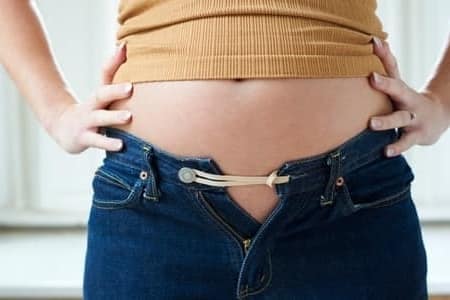
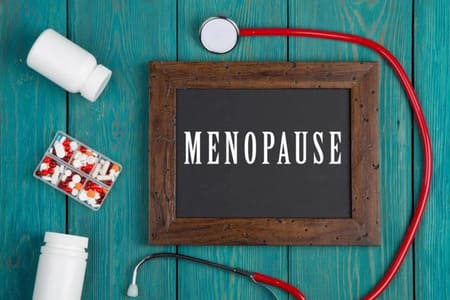
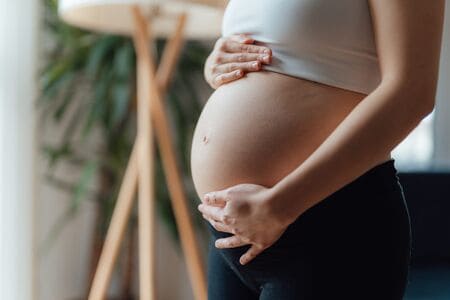
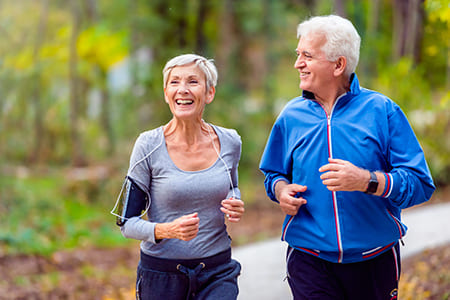
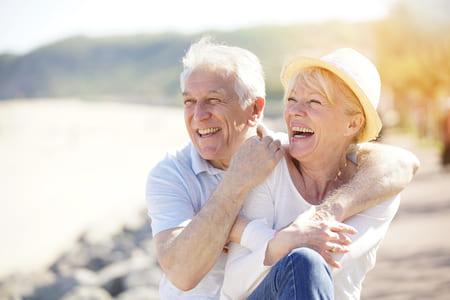

Types of Varicose Veins
Trunk Varicose Veins
They can be blue, purple, or flesh-colored. They often bulge out from the skin and may twist or coil.
Reticular Varicose Veins
Reticular varicose veins are smaller and less visible than trunk veins. They are often red or blue in color.
Telangiectasia Veins
The smallest type of vein. They are very fine and may be barely visible. They can be red, blue, or flesh-colored.
Arterial Varicose Veins
Varicose veins can also occur in the arteries. These can be dangerous and are usually blue in color.
Signs and Symptoms

Some of the common symptoms of varicose veins are:
- Dark purple or blue blood vessels that are visible on the thigh and calf
- Veins that look twisted, swollen, and lumpy
- The legs ache or feel heavy, especially after exercising or at night
- A minor injury to the affected area can lead to bleeding
- Swelling of the ankles

Conditions that may need medical intervention:
- Dermatitis – The symptoms of this condition are flakiness of the skin, skin discoloration, and ulcers..
- Phlebitis – The symptoms include redness, warmth, and tenderness of varicose veins. This can be due to blood clots in the veins.
- Atrophie Blanche – The symptom include whitish patches that look like scars
Diagnosis of Varicose Veins
The diagnosis of varicose veins generally starts with a physical examination. After having a glimpse at the affected area, the doctor confirms if those are varicose veins. To confirm the initial diagnosis, the following tests are recommended-
Doppler test
Measures the amount of blood flowing through the arteries & veins with the help of high-frequency waves.
Color Duplex Scan
The traditional ultrasound and the doppler test to measure the speed and other aspects of blood flow.
Venogram
A special x-ray that injecs dye into the veins to make them visible on X-ray to show how well blood is flowing.
Transducer
Which is about the size of a soap bar. It uses sound waves to create a picture of the veins.
Treatments of Varicose Veins

Ayurveda Treatment for Varicose Veins
According to Ayurveda, there are herbs that can help in curing varicose veins. The herbs are:
- Amalaki
- Arjuna
- Ashwagandha
- Brahmi
- Guduchi
- Guggul
- Shatavari
- Brahmi
- Garlic
- Ginger
- Onion
- Prasarini taila
- Chandanabala taila
- Mahanarayan oil
- Brahmi oil
- Carrot seed essential oil
- Sahacharadi oil

Surgery for Varicose Veins
- Vein ligation and stripping: This procedure involves cuts and incisions hence, it is performed under the influence of anesthesia. The doctor makes cuts into the skin and then the varicose veins. Through this incision, the varicose veins are removed. With the emergence of minimally invasive surgical options, vein ligation and stripping have become less common.
- Radiofrequency ablation: The treatment option uses heat to destroy the vein. The whole procedure takes only 30 minutes to complete and performed under the influence of local anesthesia. Although, the results are short-termed.
- Laser surgery: This has emerged as the most-effective treatment option for curing varicose veins. Performed under the influence of anesthesia, this is a 30 min procedure. In this procedure, the doctor passes a small laser with the help of an ultrasound machine. The laser fires beam which blocks the varicose vein. This day-care treatment option offers faster recovery and incurs minimal pain. This surgical option ensures a minimum risk of complications also.
- Sclerotherapy: In this procedure, the doctors inject a solution into the affected veins that causes it to scar. This redirects the blood to flow through healthier veins. The blocked veins are reabsorbed. When this is done to block smaller veins, the process is called a microsclerotherapy.
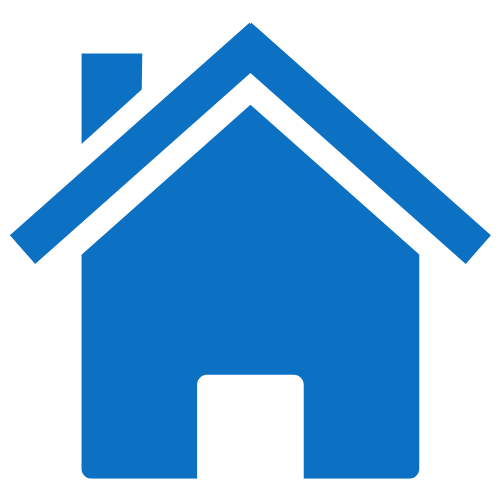
Home Remedies for Varicose Veins
- Diet: Sodium-rich or salty food leads to water retention. So, cut down on the daily consumption of salty food. Instead of those, incorporate food which are rich in potassium such as-
- Almonds
- Pistachio nuts
- Lentils and white beans
- Potatoes
- Leafy vegetables
- Fish such as salmon and tuna
- Avoid Straining : Excessive straining due to chronic constipation can worsen the damaged valves. To prevent constipation, eat food that are high in fiber so that there are smoother bowel movements and prevent constipation. High fiber food are-
- Nuts, seeds, and legumes
- Oats, wheat, and flaxseed
- Food prepared by whole grain
- Flavonoid-rich food : Recommended by doctors to improve blood circulation throughout the body. This type of food also reduces blood pressure in the arteries and relaxes them. Some of them are-
- Vegetables such as onions, bell peppers, spinach and broccoli
- Citrus fruits as well as grapes, cherries, apples, and blueberries
- Cocoa
- Garlic
- Exercises: It is recommended to indulge in any type of physical activity for 30 minutes on a daily basis. Some of the exercises for curing varicose veins are-
- Walking
- Citrus fruits as well as grapes, cherries, apples, and blueberries
- Bicycling
- Leg lifts
- Lunges
- Rocking the feet
- Elevating the legs
Complications of Varicose Veins
Although on rare occasions, the complications of varicose veins may be any one of the following
Ulcers
Discolored spot on the skin which can further complicate into an ulcer. These ulcers can be painful.
Blood clots
Blood clots are more likely to develop in deep veins in the legs. Resulting in a persistent pain or swelling.
Bleeding
Any injury to the affected veins can cause bleeding. In severe cases, the skin may burst & requires immediate attention.
BROMINE 30
It works actively in getting rid of the complications or recurrence of the symptoms after the surgery.
Our clinics are accessible from these cities
If hemorrhoid symptoms persist after 1 week or complications occur, a person may need medical treatment. A person should call a doctor if certain symptoms appear, particularly heavy bleeding, severe pain, or fever. You can visit us at the following cities:
Facts on Varicose Veins
A healthy diet and lifestyle are important to prevent the occurrence of varicose veins.

Some of the healthy tips you can follow are mentioned below:
- Eat a balanced diet which includes low fat and carbohydrates. This should also include fresh fruits and vegetables.
- Make sure you take a daily dose of vitamin C as this strengthens the blood vessel walls.
- Consume a high-fiber diet to lower the risk of constipation.
- Avoid sugary, fried, junk foods as much as possible. Make sure you also limit the consumption of tobacco, salt, alcohol, processed and refined food.
- Exercises such as walking, swimming and bicycling on a daily basis in order to maintain a healthy weight.
- When you are diagnosed with varicose veins, do not wear tight clothes.
- Avoid standing/sitting for long periods of time to ensure smoother blood flow.
- Do not lift heavyweight or put any unnecessary pressure on the legs.

3000+
Happy Patients

1000+
Surgeries
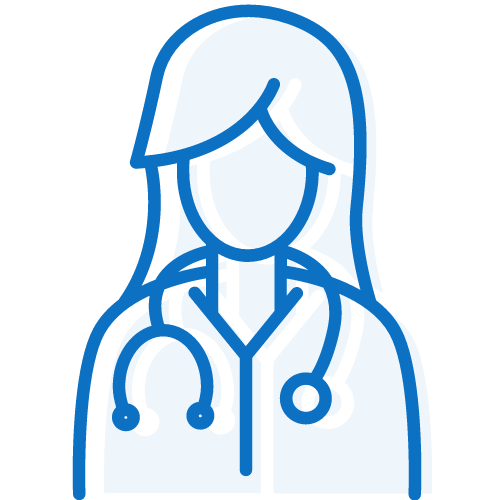
10+
Doctors
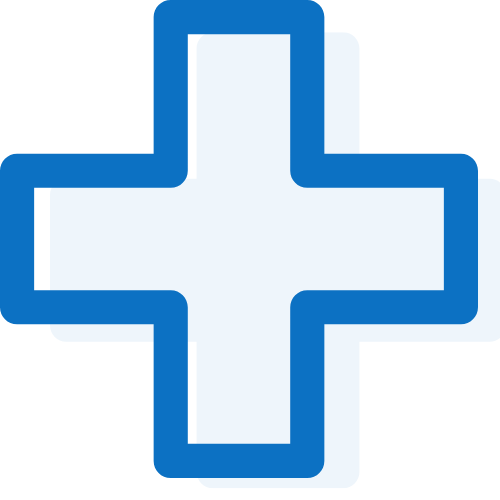
Clinics Across India
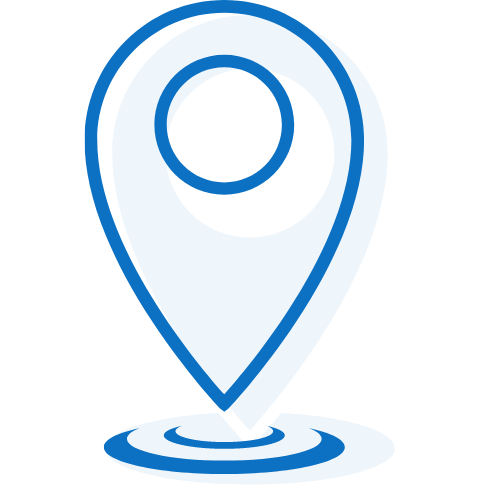
Multi-
City
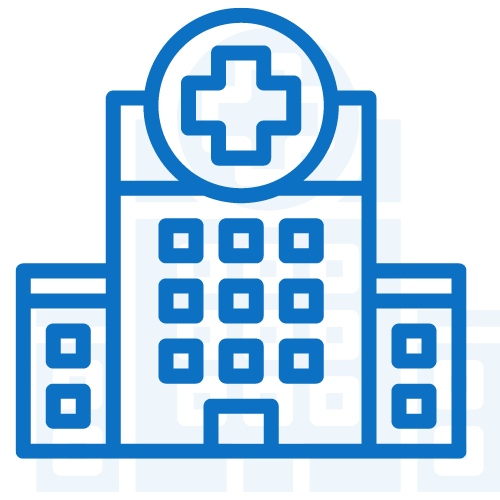
3+
Hospitals
Our Clinical Footprint
We provide easy storage and access to information from Mantra Care technology. Here, patients can easily acquire notes from virtual doctor consultation, treatment plans, prescriptions, and more from one place. Get medical information 24/7 from any digital device.
Mantra Care aims at creating a much more efficient experience for the patients through their cost-effective and quality-driven medical treatments.
We provide relatively lower cost treatments for almost every health problem making our company the best choice for patients. Mantra Care technology automates all the manual tasks for members and doctors, making it a viable choice for acquiring lower-cost treatments.